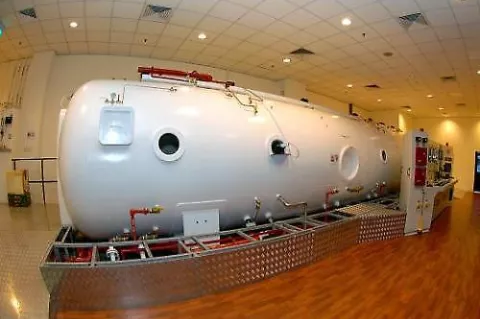EU alarmed over cod
In the case of cod in the North Sea, eastern channel and Skagerrak...things took a turn for the worse in 2008, when a greater proportion of the stock was caught than in any year since 1999," the European Commission said in a statement.
"We are not that far away from a situation of complete collapse," said Jose Rodriguez, a marine biologist with the environmental group Oceana.
Conservation measures for desperately depleted cod have not delivered the promised revival of supplies – partly because of continued over-fishing exceeding agreed quota limits.
- Read more about EU alarmed over cod
- Log in to post comments














